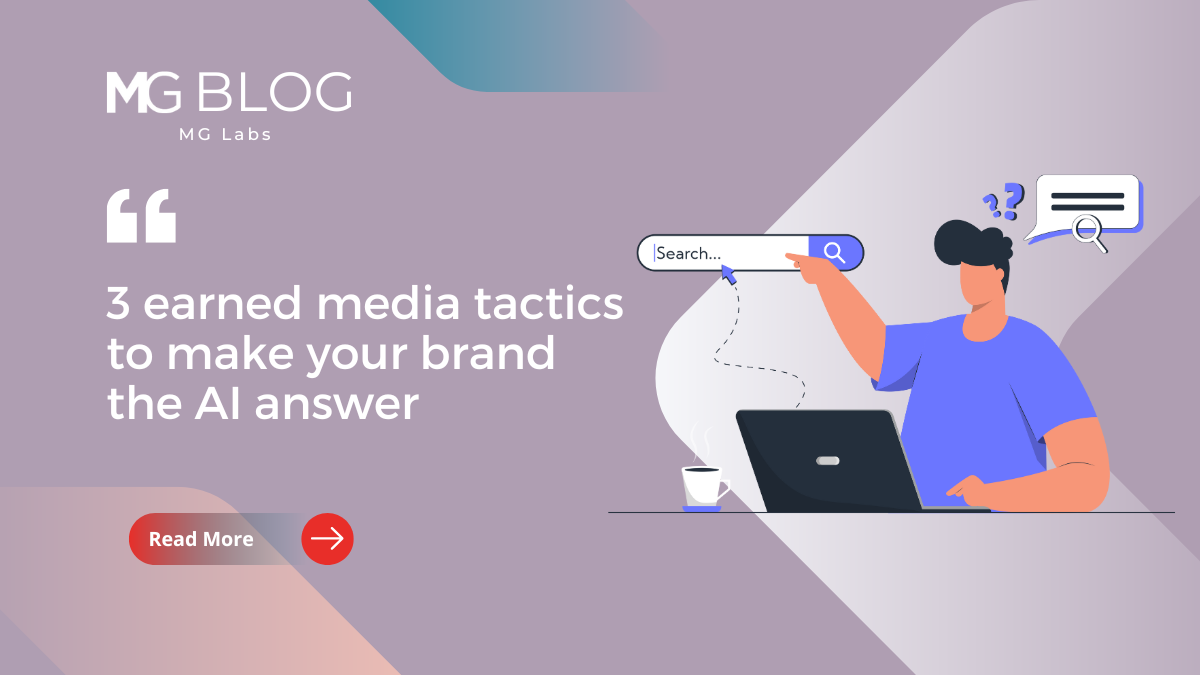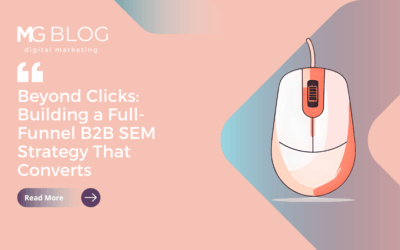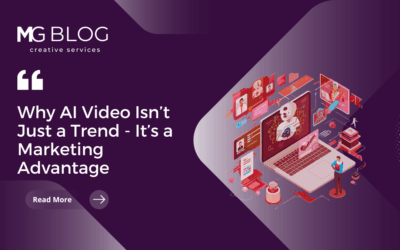
Key takeaways
- Earned media is the foundation of AI visibility: As search shifts to AI-generated answers, brands that consistently appear in trusted outlets (tier-one media, respected trades, government/academic domains) will be surfaced more often. AI engines prioritize authority and credibility over sheer reach — making earned media placements more influential than ever.
- Content must be structured for both humans and AI: AI models extract and reuse information differently than people. To maximize long-term visibility, earned coverage should be concise, clear, and upfront — featuring quotable insights, explicit attribution, and precise data. This ensures both journalists and algorithms can easily connect your brand to its expertise.
- Link equity multiplies authority signals: Just landing a placement isn’t enough — how it’s amplified determines lasting influence. By securing syndication, follow-up mentions, and inbound links (and reinforcing coverage across owned channels), brands can strengthen the authority signals AI engines look for, boosting both traditional SEO and Generative Engine Optimization (GEO).
Search is being rewritten in real time — not by a single algorithm tweak, but by a fundamental shift in how people find and trust information. Increasingly, audiences skip scrolling through Google results and go straight to conversational answers from AI engines like ChatGPT, Google AI Overviews, Gemini, and Perplexity. Gartner predicts that by 2028, organic traffic could drop by 50% or more as large language models handle at least 40% of searches.
The next time someone asks about your market, product, or industry, they may never see a results page — just a single AI-generated answer. Whether your brand is in that answer comes down to one thing: trust.
This is where PR has an edge. Earned media delivers the signals AI values most — authority, credibility, and real-world insight that stands on its own. These qualities align with Google’s E-E-A-T framework (Experience, Expertise, Authoritativeness, Trustworthiness), now playing an even bigger role in what AI surfaces, cites, and reuses.
To turn that edge into consistent AI visibility, PR teams must think like both storytellers and strategists — placing, structuring, and amplifying coverage so it becomes a source algorithms can’t ignore. This is the essence of Generative Engine Optimization (GEO): making sure earned content isn’t just read once, but continues to influence whenever your audience is looking for answers.
Here’s how, with three earned media tactics that turn E-E-A-T into AI-ready influence.
1. Land in the outlets AI already trusts
When it comes to AI visibility, where you show up matters as much as what you say. Large language models prioritize content from high-authority domains — tier-one news outlets, respected trade publications, government (.gov) sites, nonprofit (.org) domains, and academic institutions.
This shift is already underway. As the Wall Street Journal recently reported, websites are quickly becoming “data sources for bots that feed LLMs, rather than destinations for consumers.” That’s why a single quote in Reuters can carry more long-term visibility than a beautifully written blog on your own site — Reuters has the history, credibility, and inbound link profile that AI models recognize and favor.
But authority doesn’t always mean size. For niche topics, specialized trades can be even more powerful. An aerospace executive quoted in Defense One or a CIO featured in FedScoop stands a better chance of appearing in an AI-generated answer to a sector-specific question than a broader, less targeted outlet. AI isn’t impressed by brand recognition — it’s looking for topical relevance and subject-matter authority.
The takeaway: stop thinking only in terms of reach and start thinking in terms of trust. When you build your media list, ask yourself, “If an AI engine had to cite a source on this topic tomorrow, would this outlet make the cut?”
2. Structure thought leadership for AI and humans
AI doesn’t read like we do — it ingests, parses, and lifts snippets, often without full context. Your earned coverage needs to be both human-friendly and machine-readable.
Lead with the point, not the preamble. If your strongest insight is buried halfway down, there’s a good chance the model won’t find it — or will strip it of meaning when it does. Put your best quote, stat, or takeaway up front so it’s easy for journalists and algorithms to grab.
Clarity beats complexity. Use clear headlines, logical subheads, and explicit attribution (“according to [Name], [Title] at [Company]…”) so the link between your brand and the insight is unmistakable. When possible, pair statements with precise data — “Reduced processing time by 42%” is far more quotable than “significantly improved efficiency.”
Every earned placement now has two audiences: the human reading it today and the AI model that might reuse it tomorrow — or years from now — in response to someone’s question. Write for both.
3. Build link equity to amplify authority
In both SEO and GEO, links are currency. LLMs gauge trust by how often — and where — a source is referenced across the web. A placement that gets cited, linked, and reused packs far more impact than one that fades after a single news cycle.
PR teams can create this ripple effect. Secure a strong placement? Don’t stop at posting it on social media. Pursue syndication, pitch follow-up stories, and work with partners to cross-link it from their sites. A Defense One feature, for example, could be amplified by getting it cited in a trade association report or think tank blog. Every quality inbound link strengthens the authority signal.
Your owned channels matter, too. Promote coverage on your blog or resource page and connect it to other authoritative content you control — building an internal network of credibility that boosts both SEO and GEO performance.
Pulling it all together
GEO doesn’t change PR’s mission — it makes it more essential. Experience, expertise, authority, trust — these are things earned media has always been able to deliver better than any other discipline. What’s new is the need to format, place, and amplify that content so it performs in a world where algorithms act as editors.
If you target the outlets AI trusts, structure your content for both human and machine readability, and build link equity that reinforces your credibility, you don’t just improve your odds of being “the answer” today — you set yourself up to be the answer again and again, whenever someone, somewhere, asks the question.
The brands that figure this out now will have a permanent head start. They’ll be the names that show up in the sidebar, the pull quote, the AI-generated answer that shapes what people believe is true. And in the next era of search, that’s not just visibility. That’s influence at scale.
Ready to win in AI search?
AI-driven search is changing the game for brand visibility. At Merritt Group, we turn complex technology into clear, credible stories that win top-tier coverage and make your brand the go-to answer — whether for people or generative engines.
We’ve helped innovators like Microsoft, Meta, Databricks, and DataRobot own their narrative in fast-moving markets. Now it’s your turn.
Connect with us here to lock in your AI-era positioning — or get an instant head start with our playbook, Navigating AI Search: Your Guide to Generative Engine Optimization (GEO).



